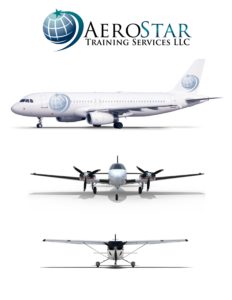AeroStar Training Services is excited to announce a recent Partnership Agreement signed with Spartan College of Aeronautics and Technology. Spartan is an aviation institute located in Tulsa, Oklahoma that offers training in aviation, aviation electronics, flight, nondestructive testing, quality control and aircraft maintenance. Spartan is widely recognized as a world leader in aviation training. Spartan was founded in 1928 and has trained over 90,000 aircraft technicians and pilots. The main campus is adjacent to Tulsa International Airport, with another campus primarily used for flight training at Richard Lloyd Jones Jr. Airport. In May, 2014 Spartan acquired Northrop University in Inglewood, California. On March 31, 2015, the Northrop Campus took on the Spartan College of Aeronautics and Technology’s name.
AeroStar Training Services operates simulation training centers and provides aircraft type ratings, namely the Airbus a320 type rating & the Boeing 737 Classic & NG versions. AeroStar offers Jet Transition Training, the ATP CTP, and Type Ratings. AeroStar recognizes substantial value in multi-crew member flight deck operation training for transitioning pilots from Spartan College of Aeronautics flight to career placement with specified airlines and aviation organizations for career purposes.
AeroStar will provide as part of this agreement approved 142 courses /programs in accordance with its CFR 14 part 142 approvals and authorized training specifications. AeroStar has also recently signed similar agreements with Sunstate Aviation and Florida Aviation Academy.

